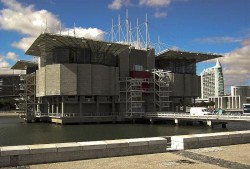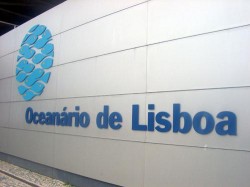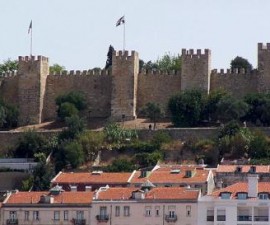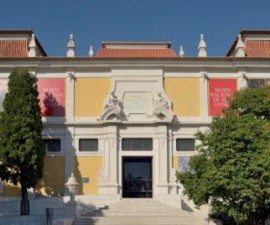While Lisbon is famous for its many ancient historical sites, it is also a sophisticated, contemporary, forward-looking city with its future lying firmly in the 21st century. The city underwent significant development and restoration for the 1998 Expo, for which Portugal’s capital was the worldwide host.

While developments went on throughout Lisbon, the most significant addition to the city was the Lisbon Oceanarium, the centrepiece to the entire exhibition entitled ‘The Oceans, a heritage for the Future’. This has proved to be one of the most enduring and impressive achievements of the Expo and remains a major focal point of Lisbon today.
The Lisbon Oceanarium mission is to promote knowledge of the oceans, through research, education and communication. As the largest aquarium in Portugal, and indeed one of the largest in the world, there is no doubt that the Lisbon Oceanarium succeeds in doing just that.
This Lisbon landmark is a huge stone-and-glass building whose centrepiece is a 1.3 million gallon holding tank. The tank is home to four distinct ecosystems, designed to replicate the Atlantic, the Pacific, the Indian and the Antarctic oceans.
Not content with recreating the marine ecosystems of these four areas, the aboveground areas are also populated with species of birds, amphibians and reptiles that are found in each of them.

Expect to be met with penguins, terns, puffins and seagulls as well as distinctive trees and flowers that conjure up immediate images of the geographical regions they represent. It is below the waters however, that the most impressive sights are to be found.
The huge tank was designed by American architect Peter Chermayeff and is reached by a footbridge, to produce the most dramatic yet safe ‘deep-sea-diving experience’ imaginable.
Visitors are met by some 25,000 fish, sea birds and mammals, each representing the main world ocean habitats within a single, cohesive marine environment. The fundamental aim of the project is to demonstrate that regardless of geographical divides, natural phenomena and man-made interventions, the marine environment is a continuous one, bringing together living organisms that roam freely throughout the planet.
The enormous tank is divided strategically in order to enable visitors to look up, down and into it from different viewpoints. From terrifying close ups with numerous shark species to getting up close and personal with a manta ray, the Lisbon Oceanarium is a feather in the cap for Portuguese education and tourism, and is one of Lisbon’s most memorable attractions.
The best time to visit is during the week or early in the day to avoid the crowds and have the best vantage points from which to soak up the delights of this marine paradise.
Look out too for special events, many of which are organised outside normal working hours and are targeted at families, children and school groups.
Saturday morning concerts for the under threes are extremely popular and make for an activity with a difference if you are spending your holiday in Lisbon, Portugal in the company of little ones.
Lisbon Oceanarium
Esplanada D. Carlos I
1990-005 Lisbon
Portugal
Tel: +351 218 917 002
Fax: +351 218 955 762
Email: info@oceanario.pt
www.oceanario.pt


